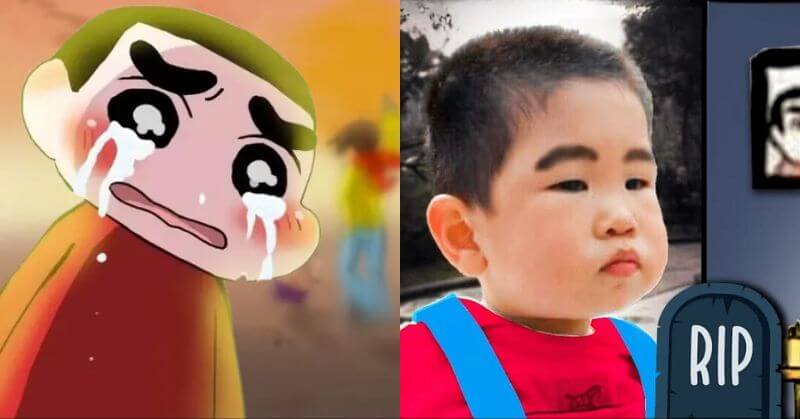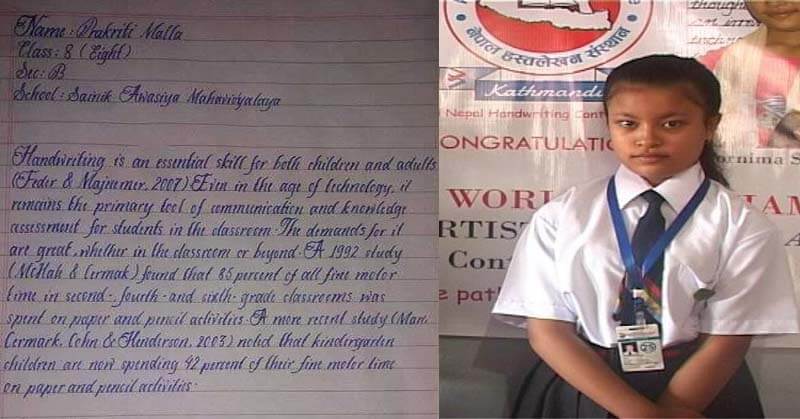Shinchan is a name that is well-known and cherished by fervent following of admirers. Shinchan, a full-fledged family entertainer as it is now, is a guaranteed way to unwind. To our surprise, the elderly have also been influenced by this animation, not simply young children. The episodes are famous for their terrible jokes and hilariously absurd storyline. Shinchan attracts criticism because the figure embodies dark slapstick and black humor. However, the true story of Shinchan is truly tragic. To learn more about the true tragic tale behind our favorite cartoon, keep reading.
Who Is Shinchan?
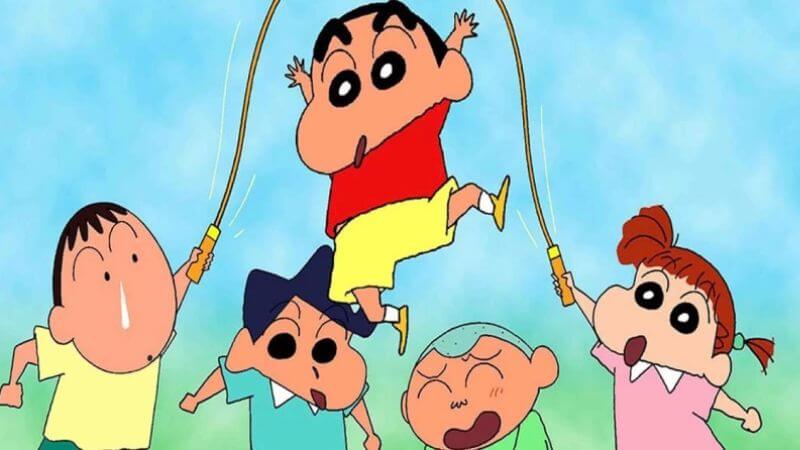
Shinchan, the world’s most recognized character, initially appeared in Weekly Manga Action, a Japanese weekly magazine. He appears in a Japanese manga series written and drawn by Yoshito Usui. Futabasha publishes Weekly Manga Action, and the series quickly acquired popularity.
The manga launched in 1990 but regrettably ended on September 11, 2009, owing to Usui’s terrible death. The original manga ended when the mangaka, Yoshito Usui, committed himself by jumping from the summit of Mount Arafune. As new manuscripts were unearthed, the character resurfaced in the summer of 2010 in a new manga, New Crayon Shin-chan.
Shinchan began as a spin-off of the character Shinnosuke Nikaido from Yoshito’s previous series, Darakuya Store Monogatari. Shinchan debuted as an anime series on TV Asahi in 1992 and continues to air on different television networks to this day.
The Tragic Tale Of Shinchan: Is It Real?
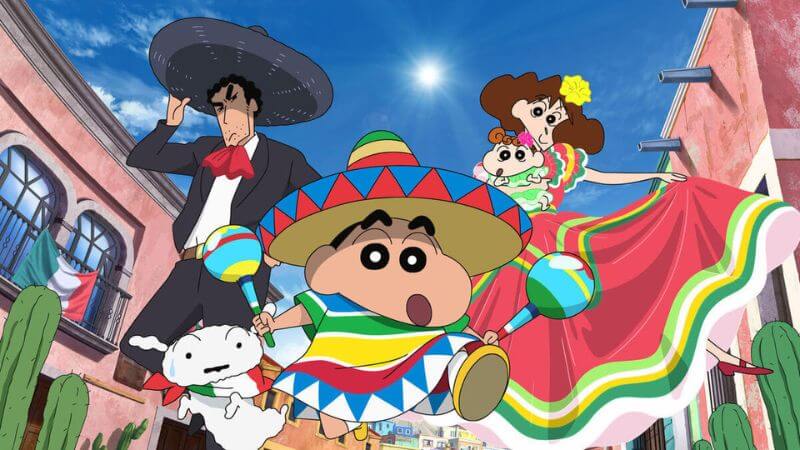
It is pretty challenging to determine which of the various ideas and stories regarding the genuine story of Shinchan is accurate. Many claim that the real-life story of a youngster served as the basis for the whole manga.
Shinchan is allegedly based on a little five-year-old kid by the name of Shinnosuke Nohara. Nohara is thought to have perished in a car mishap while attempting to save his younger sister Himawari. Their mother, Misae, endured a protracted period of extreme suffering following his passing. She began drawing her late kid to fill the emptiness.
As memories of her dead son’s activities returned to her, the grieving mother began drawing them. When Usui later got to view these sketches, he felt something in him. He saw his anguish and optimism expressed in those sketches. According to Shinchan’s true narrative, the mangaka brought the deceased child back to life as a manga character who survived via imagination.
Therefore, it is assumed that this is the true cause of the cartoon series’ inability to show its last episode. If the genuine Shinchan narrative were ever made public, the previous episode would have to match.
Other Aspects Of The Real Story
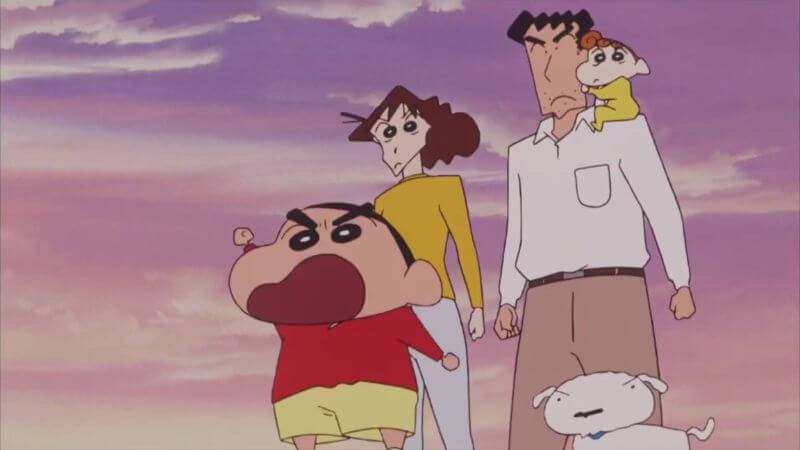
There are other speculations regarding Shinchan’s true story. Many people think that Mangaka Usui’s personal childhood may be seen in the character Shinchan. He viewed himself as a disobedient youngster who wanted to achieve a lot but was limited by circumstances. So he used all of his childhood fantasies and everything that piqued his interest in the manga, letting his imagination go wild. As you can see, there is controversy around the true history of Shinchan because its original author never acknowledged or rejected the allegations.
What do you think about the real story of Shinchan? Did you watch the cartoon as a child? Do you still watch it? Tell us your opinions in the comment section below.
We are looking forward to hearing from you.
Follow Us: Facebook | Instagram | Twitter |
Youtube | Pinterest | Google News |
Entertales is on YouTube; click here to subscribe for the latest videos and updates.


